SOMME BRITISH Sector - Hawthorn Ridge Beaumont Hamel
Years of visit: 2005, 2007
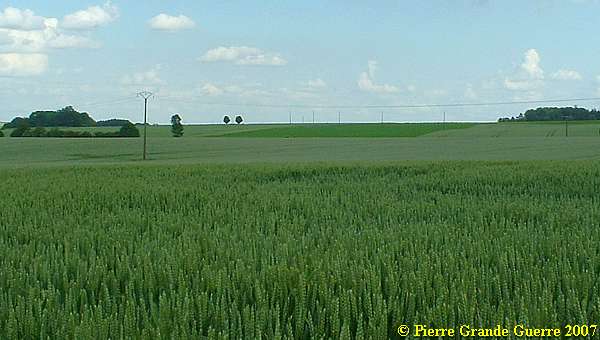
North of Thiepval, around the village of Beaumont Hamel, we visit Hawthorn Ridge, later on Redan Ridge, and the Newfoundland Memorial Park.
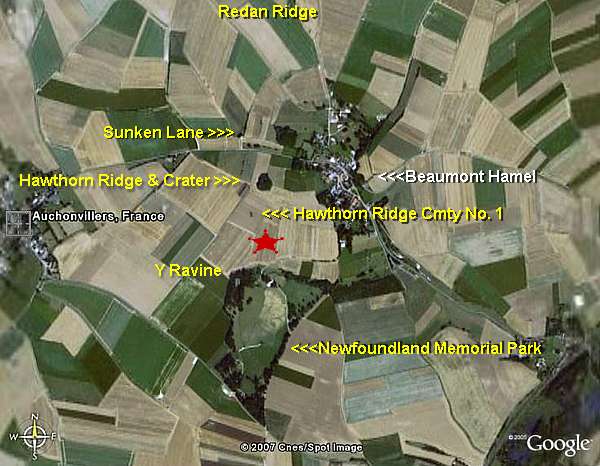
Hawthorn Ridge with it’s typical twin trees of the Hawthorn Cemetery no. 1 will give us an impressive panorama of the battlefield. Because of this battlefield panorama Hawthorn Ridge is one of my favourite sites of the Somme.
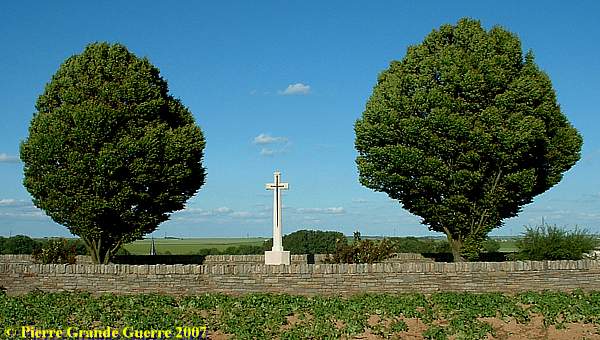
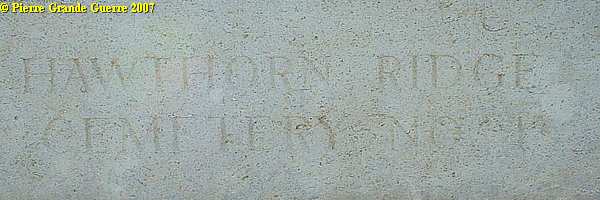
Hawthorn Ridge Cemetery No.1
was made by the V Corps, who cleared the Ancre battlefields in the spring of 1917, as V Corps Cemetery No.9. There are now over 150, 1914-18 war casualties commemorated in this site. Of these, nearly half are unidentified. Almost all fell on the 1st July or the 13th November 1916; a few in June and July 1918. The cemetery covers an area of 432 square metres is enclosed by a stone rubble wall.
Source
: Commonweath War Graves Commission


Attack on Hawthorn Ridge
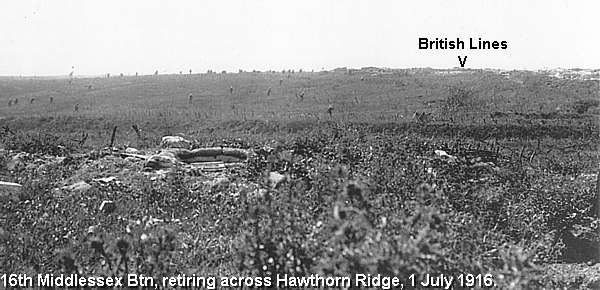
Besides the 16th Middlesex, the Royal Fusiliers, and the 1st Lancashire Fusiliers, the Royal Dublin Fusiliers were also attacking the Hawthorn Ridge. At the end of the afternoon they all were forced to withdraw from the ridge.
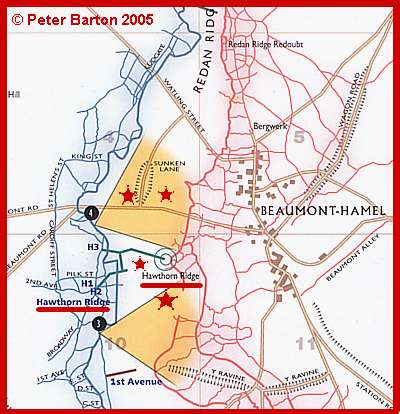
View from Hawthorn Ridge Cemetery no. 1 to the copse surrounding the Hawthorn Mine Crater .

View from Hawthorn Ridge Cemetery to Thiepval and it's Memorial.
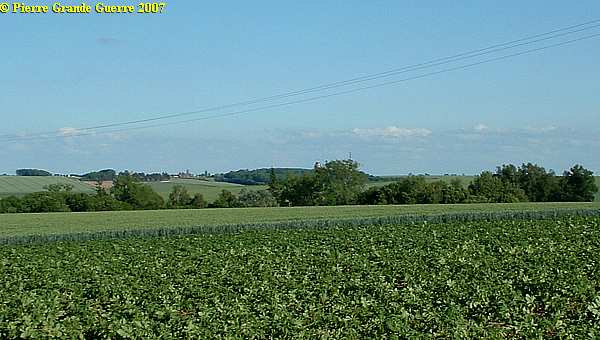
View from Hawthorn Ridge Cemetery to the Newfoundland Memorial Parkof Beaumont Hamel.
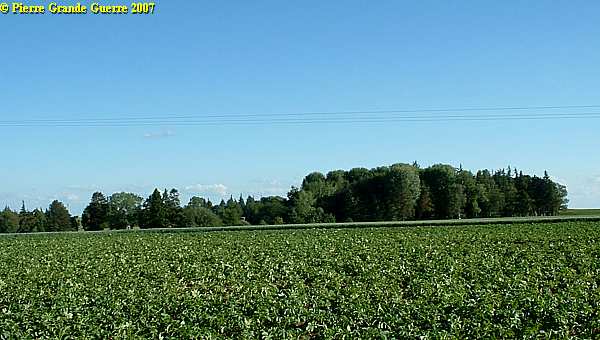
View from Hawthorn Ridge Cemetery; left to the Hawthorn Crater, and right to the church tower of Beaumont Hamel.
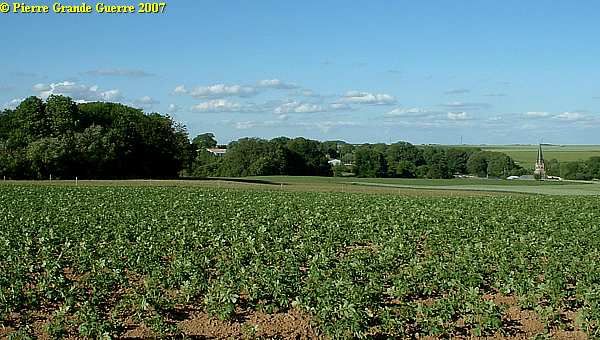
View from the lip of the Hawthorn Crater to the Scottish Memorial (left), Sunken Lane (centre), and Beaumont Hamel Cemetery (right).

On the corner of Sunken Lane stands this Celtic Cross,which commemorates the war service of the Argyll & Sutherland Highlanders. "Cruachan" used to be the war cry of the Campbell clan.

View in the direction of Beaumont Hamel and the short cut grass path leading to ...
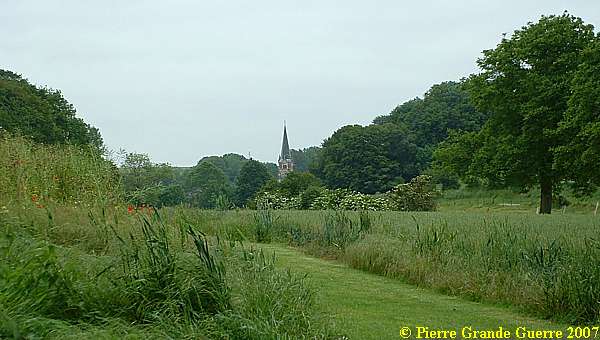
...the Beaumont Hamel British Cemetery .
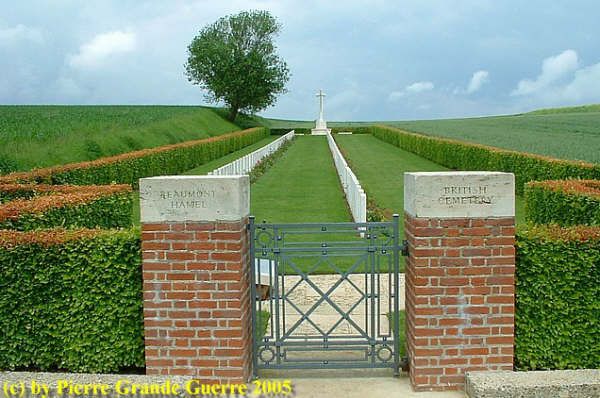
Beaumont-Hamel was attacked and reached on 1 July 1916, but it could not be held. It was attacked again, and this time taken, on 13 November 1916 and the British cemetery (originally titled as 'V Corps Cemetery No.23') was made by units taking part in that and subsequent operations until February 1917. It was increased after the Armistice when graves were brought in from the surrounding battlefields. The cemetery now contains 179 Commonwealth burials and commemorations of the First World War. 82 of the burials are unidentified but there are special memorials to two casualties known to be buried among them. The cemetery was designed by W H Cowlishaw.
Source
: Commonwealth War Graves Commission
Between the Cemetery and the Celtic Cross lies the narrow country road of the Sunken Lane, ...
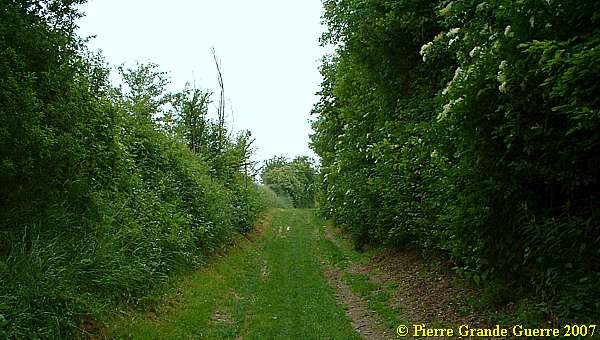
... which offered shelter to many wounded men, retiring from the Hawthorn Ridge.
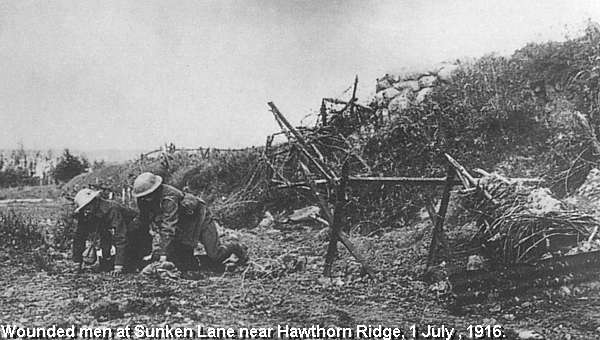
On the corner of Sunken Lane a farmer left some ploughed up explosives.
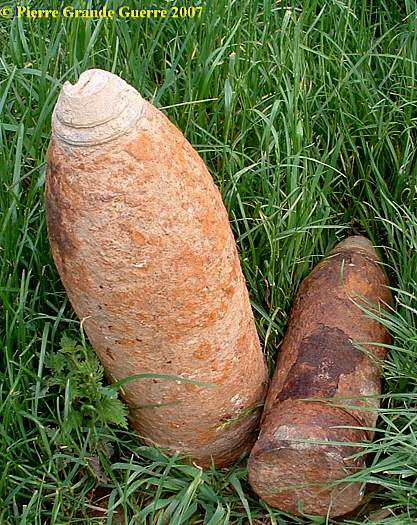
View from Sunken Lane to the copse of the Hawthorn Crater. The path upward follows roughly the former location of the Jacob Ladder trench.
A small reminder: this is the same spot, ....
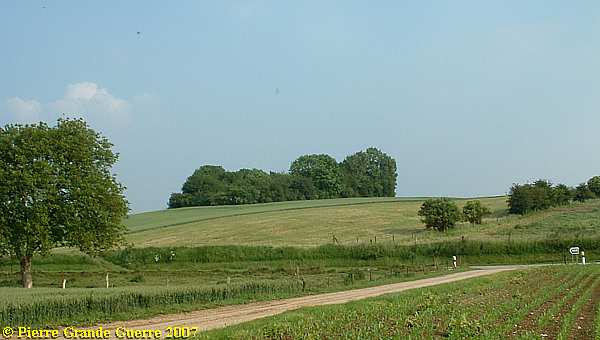
... from where Geoffrey Malins filmed this famous shot of the explosion of the Hawthorn Mine.
With a last view from the former Schwaben Redoubt at Thiepval to the Hawthorn Ridge, ...
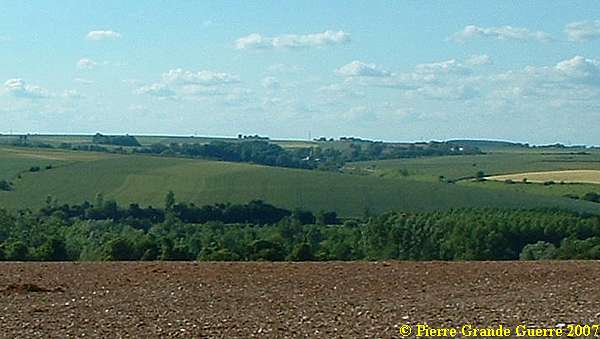
... we continue to the nearby Redan Ridge. Continue to the next chapter: " Redan Ridge " .










